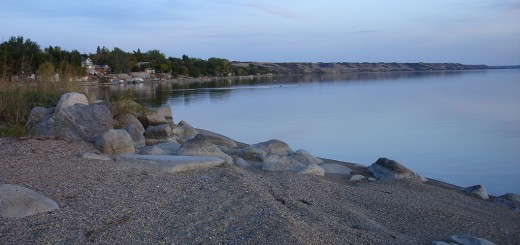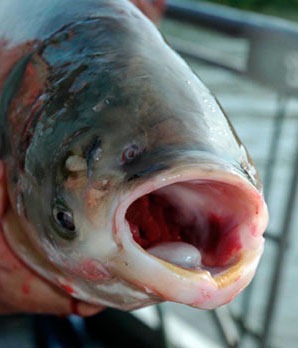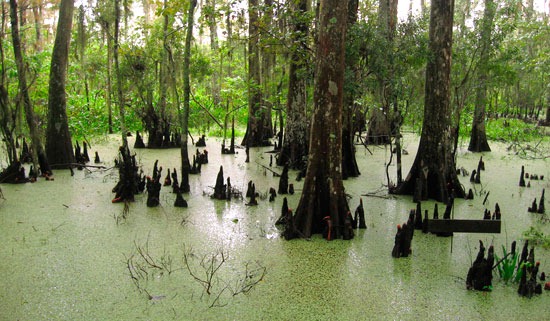Tracking Mallards on Lake St. Clair
0
Northern mouth of the Detroit River and Lake St. Clair. (Credit: Alasdair McClellan via Wikimedia Commons)
Lake St. Clair is a crucial waterfowl staging area in the spring and fall and has one of the most threatened wetland complexes in the United States.
To sum up the status of Lake St. Clair’s wetlands, Scott Petrie, director of Long Point Waterfowl, a research group: “Not only have we lost a lot of habitat that resulted in major changes in the ecosystem, there’s certainly a real fear that we could lose a lot more in the future,” Petrie said.
But fortunately scientists have found a way to study the needs of the wetlands, as well as the birds that stop there at the same time: GPS transmitters strapped on the backs of ducks.

Male Mallard Duck. (Credit: Alain Carpientier via Wikimedia Commons)
The University of Western Ontario is leading the study, which will be overseen by Matt Palumbo, a PhD student there. According to the Windsor Star, Palumbo will catch around 60 female mallard ducks beginning in the late summer and strap 30-gram devices on each to gather detailed tracking information with an accuracy of about 18 to 26 meters.
Palumbo hopes to find out how mallards are using the landscape surrounding Lake St. Clair, namely the habitats they spend the most time in and how those affect their survival. Key to that is food availability, which could be dropping and, if it is, would help show the decline in wetlands. From there, the study will attempt to pinpoint how long mallards stay in the Great Lakes basin.
There are some that stay in Lake St. Clair year-round, but many mallards are in the midst of a northern migration. After breeding in Canada, they’re expected to come back south and make a stopover in Lake St. Clair from August to November.













